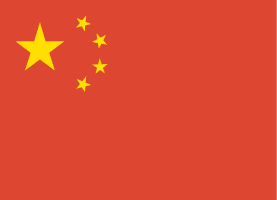The principle of carbonless copy paper
Carbonless copy paper is mostly used on receipts. All the legally binding formal documents such as existing invoices, contracts and treaties have been made of carbonless copy paper. Traditional documents are just ordinary paper, so a carbon copy layer must be added beneath the documents. Carbonless copy paper, on the other hand, is bound with special paper.
For a three-part carbonless copy paper receipt, it can be divided into top paper, middle paper and bottom paper. The upper paper is also known as back-coated paper. The back of the paper is coated with microcapsules containing force-sensitive pigment oil. Medium paper, also known as double-coated paper, has a color-developing agent coated on the front side and microcapsules containing force-sensitive pigment oil coated on the back side. Bottom paper, also known as surface coated paper, has only a color-developing agent coated on its surface. Self-color-developing paper is made by coating a microcapsule layer containing force-sensitive pigment oil on the back of the paper and a color-developing agent and microcapsules containing force-sensitive pigment oil on the front.
The upper and lower sheets of paper do not have the effect of copying; only the middle sheet has the effect of copying. When using documents printed on carbonless paper, a small piece of cardboard is usually placed between the forms to prevent excessive writing force from causing other forms placed beneath to be copied.









